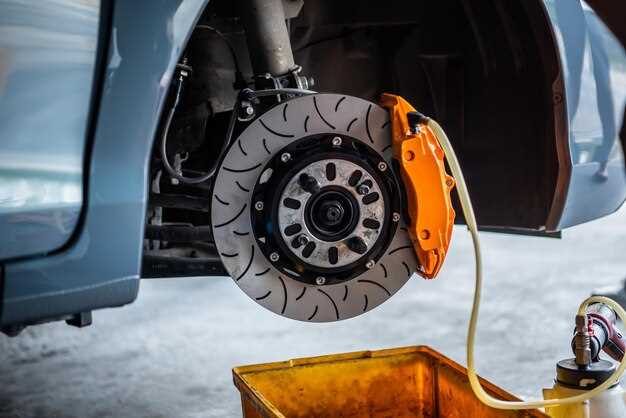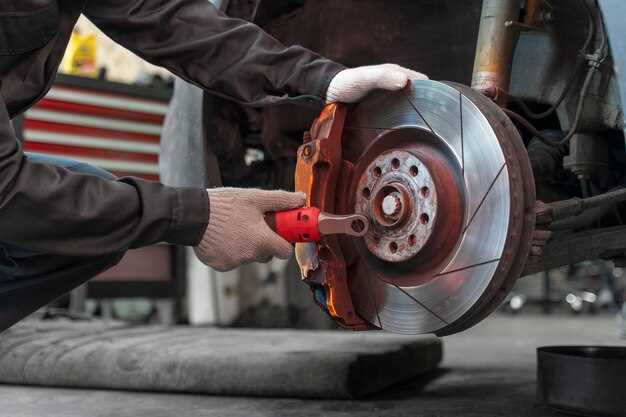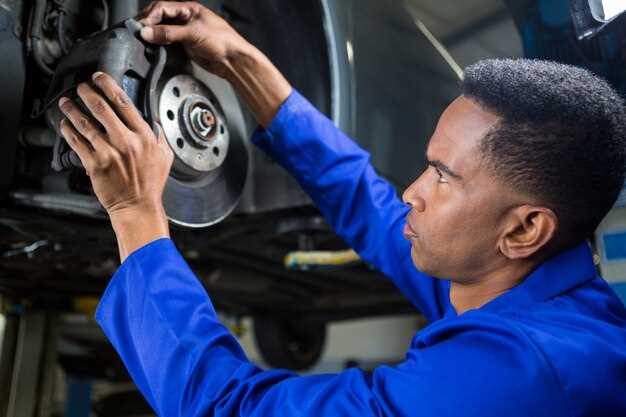
In the world of competitive racing, where every millisecond counts, brake maintenance plays a crucial role in ensuring both performance and safety on the track. The ability to stop effectively and reliably is just as important as the ability to accelerate fast. A well-maintained brake system not only enhances your car’s responsiveness but also prolongs the lifespan of essential components, ultimately keeping you in the race.
Competition car brake systems are subject to extreme conditions, including high temperatures, intense pressures, and aggressive driving styles. This necessitates routine checks and meticulous maintenance practices to prevent failures that could result in costly accidents or time lost in the pits. From checking brake pads and rotors to monitoring fluid levels and conditions, understanding the nuances of your specific braking system is essential for optimal performance.
Moreover, as technology advances, so do the components of brake systems, making it imperative for racers to stay updated on best practices. Regular attention to details such as brake fluid quality and the integration of components can mean the difference between a winning performance and a disappointing finish. This article will delve into essential maintenance tips that can help keep your competition car’s brakes in peak condition, ensuring you have the stopping power needed to compete at the highest level.
Maximizing Brake Pad Life: Selection and Replacement Strategies

When it comes to racing, the longevity of brake pads is crucial for maintaining optimal performance during competitions. The right selection of brake pads can significantly extend their life and enhance the overall effectiveness of the braking system.
First, understanding the various types of brake pads available is essential. Ceramic pads generally provide a longer lifespan and produce less dust, making them a popular choice for competitive scenarios. However, they may not offer the same performance under extreme conditions as their metallic counterparts. Metallic pads, particularly those made from semi-metallic materials, often deliver improved stopping power and better heat dissipation but can wear out faster.
Another factor that influences brake pad longevity is the choice of compound. Different racing conditions demand specific compounds that can withstand high temperatures and repeated stress without compromising performance. It is vital to select a pad with a friction coefficient suited for the specific track conditions and driving style.
Proper installation and regular maintenance routines also play a significant role in maximizing brake pad life. Ensuring that calipers and rotors are in good condition will prevent uneven wear on brake pads. Regularly inspecting pads for wear and replacing them before they reach their minimum thickness can avoid damage to more expensive components, such as rotors.
It’s also important to break in new pads properly. A bed-in procedure establishes a transfer layer on the rotor, which can help achieve optimal friction and prolong the life of both the pads and rotors. Follow manufacturer guidelines for bedding to ensure the best results.
Lastly, always keep track of brake temperature during racing sessions. High temperatures can lead to accelerated pad wear. Utilizing temperature gauges can help monitor performance and adjust driving habits accordingly to reduce heat buildup, ultimately extending the life of brake pads.
Optimizing Brake Fluid: Types, Testing, and Replacement Frequency
In the realm of racing, maintaining optimal brake performance is essential for success. One of the critical components in this maintenance is brake fluid. Understanding the various types, testing methods, and replacement frequency can significantly enhance your competition car’s braking efficiency.
There are several types of brake fluids, primarily classified into two categories: glycol-based and silicone-based fluids. Glycol-based fluids, such as DOT 3, DOT 4, and DOT 5.1, are widely used in racing due to their high boiling points and compatibility with most brake systems. DOT 5, a silicone-based fluid, is less commonly used in racing applications because it can cause issues with certain brake systems, but it does provide excellent moisture resistance.
Regular testing of brake fluid is crucial in ensuring optimal performance. A moisture content test can reveal if the fluid has absorbed water, which lowers its boiling point and increases the risk of brake fade during intense driving conditions. Use a moisture meter to determine the fluid’s water content; a reading above 3% indicates the need for replacement. Additionally, testing the fluid’s boiling point can provide insight into its effectiveness, with a lower boiling point requiring more frequent changes.
As for replacement frequency, the general recommendation is to change the brake fluid at least once a year, but in a racing environment, more frequent changes may be necessary. Depending on racing conditions, you might consider replacing the fluid after every race or every few sessions to ensure peak performance. Factors such as driving style, track conditions, and temperature can all impact the life of the brake fluid.
In summary, optimizing brake fluid involves selecting the right type, conducting regular testing, and adhering to a consistent replacement schedule. Prioritizing these maintenance practices will ensure your competition car’s braking system remains robust and reliable, ultimately leading to improved racing performance.
Inspecting and Maintaining Brake Rotors: Signs of Wear and Service Intervals

Proper maintenance of brake rotors is essential for optimal braking performance and safety in competition vehicles. Regular inspections are crucial to identify any signs of wear that could compromise the effectiveness of the brakes.
Signs of Wear: When inspecting brake rotors, look for the following indicators of wear:
- Thickness Decrease: Measure the rotor thickness. If it falls below the manufacturer’s minimum specification, it’s time for replacement.
- Cracks: Examine the rotor surface for cracks, particularly around the vent holes and edges. Any visible crack could lead to rotor failure.
- Discoloration: Overheating can blue the rotor surface. If discoloration is evident, it may indicate excessive heat exposure, which can affect performance.
- Warping: Check for warping by rotating the wheel. If the brake pedal pulsates or vibrations are felt during braking, the rotor may be warped.
- Grooves and Scoring: Inspect for grooves or score marks on the surface. These can result from debris or worn brake pads and affect the contact area.
Service Intervals: Establishing a regular service schedule helps ensure that brake rotors remain in good condition:
- Inspect brake rotors every time the vehicle is serviced, especially before a race or high-performance event.
- Replace rotors if any signs of wear are detected beyond acceptable limits.
- Consider the type of driving; frequent high-speed braking or track use may necessitate more frequent inspections compared to regular road use.
- Keep a maintenance log to track rotor thickness measurements and service history, which assists in timely replacements.
Regular inspection and maintenance of brake rotors not only enhances safety but also improves vehicle performance during competitions. Staying proactive ensures reliable braking under demanding conditions.



